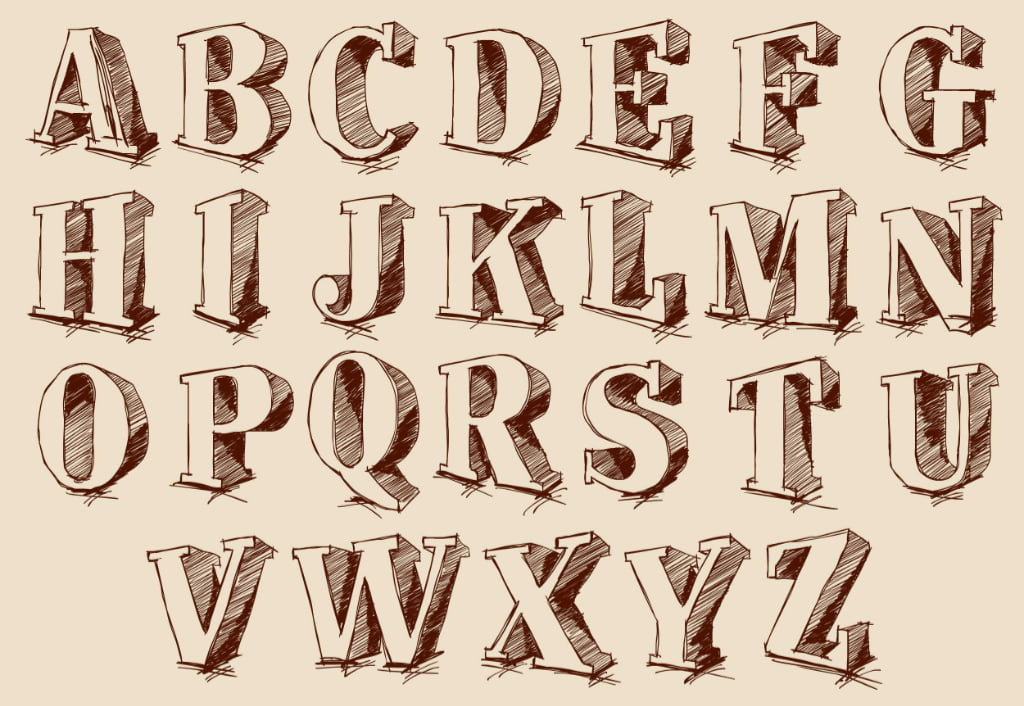The success of embroidery digitizing depends on the digitizer’s expertise. A vast knowledge on lettering options is a must because each and every customer has different needs. Logo digitizing is not complete without acquiring lettering skills. Since logos represent the identity of a business, it’s imperative that the digitizer produces immaculate results, copying the tiniest details of a company logo. Understanding the intricacies of a logo is not enough to create a winning design. You also need to know the distinct quality of each lettering option to find out how you can get the most out of them.
Custom Letter Digitizing
Quality is a top priority to customers. Custom letter digitizing yields the best results because of the customization that is involved in the digitizing process. Regardless of the logo’s uniqueness, you can expect the results to be extraordinary. Custom digitizing will stand out because it is original artwork. However, it is also important to note that the best results will only be obtained if you do it from scratch.
Each letter needs to be individually digitized and the overall appearance of the logo should not be your only focus. When it comes to a customized digitizing job, you also need to make sure that the production process runs smoothly. Take note of the stitching parameters, including the underlay and stitch density, as they should be unique to each fabric and design. This process is essential to optimizing the file during the production phase.
Keyboard Fonts
This method is not as intricate as customized digitizing, but this method is the easiest and quickest, and is commonly used by most digitizers. With the help of an embroidery digitizing software, you can execute lettering successfully. However, you still need to take extra care when using this method because forcing a keyboard font selection can affect the quality. You should only use this lettering option if it fits the requirement. First, you need to input letters just like what you would usually do on a text editor.
The font style is the only difference that the method makes. There are dozens of font styles for you to choose from. You also need to adjust the embroidery digitizing parameters after the letters are typed, and the file needs to be saved in native format. After which, you can run the design and check any errors that might have occurred. Before converting the design to a stitch format, be sure to sort out errors. Keep in mind that not all letters will be flawlessly digitized. You can custom digitize that letter if this happens.
True Type Fonts
If you have purchased modern embroidery digitizing software, you have surely come across True type font generator. The method converts true fonts into digitized stitches. The technique does not always produce acceptable results, especially for logos. You need extra time to spend on massive editing to adjust the direction, count and angle. There are also parameters that require modification like the underlay, density and pull compensation. It takes a lot of great effort before you achieve desirable results.
While these lettering options have their own strengths and weaknesses, the choice will still depend on the needs of your customers. Regardless of the method you want to use, having the expertise in logo digitizing is an essential skill that will help you produce the best results.
Not sure which lettering options to consider? You may contact us to discuss your embroidery needs:
Affordable Digitizing
em********@*****st.net
(239) 910 8021

